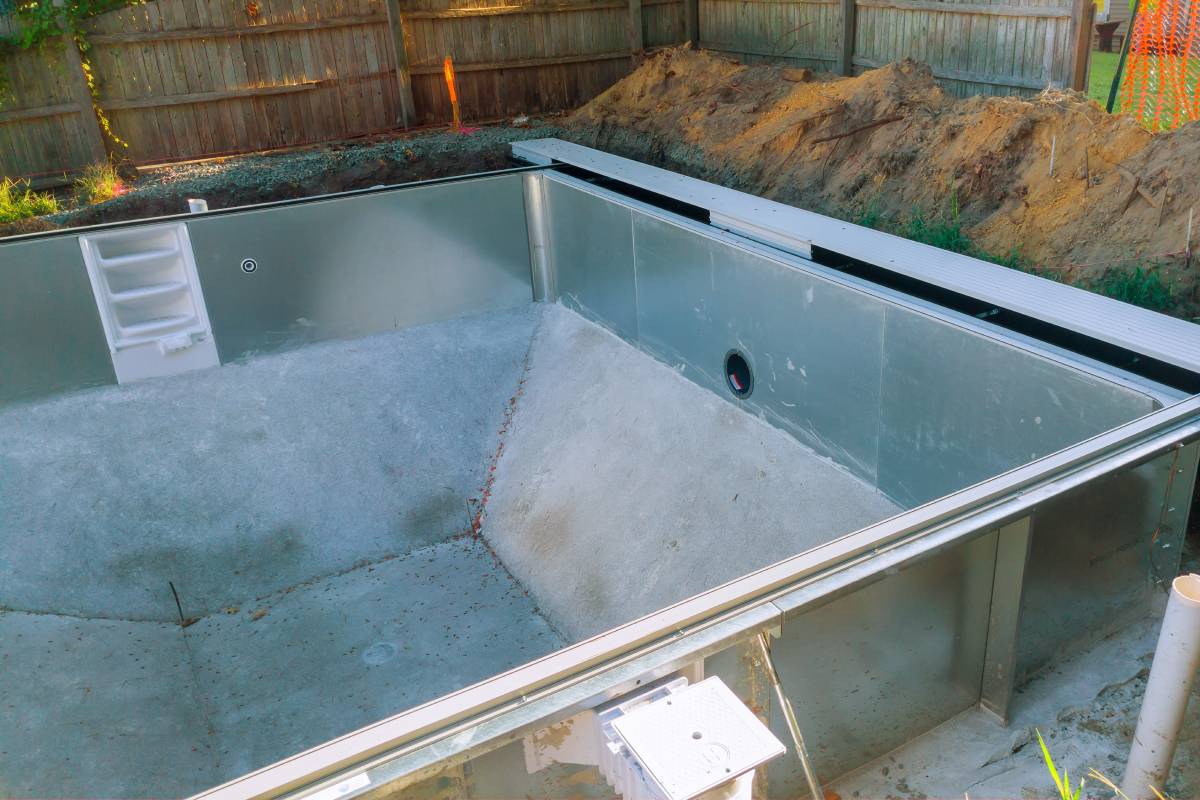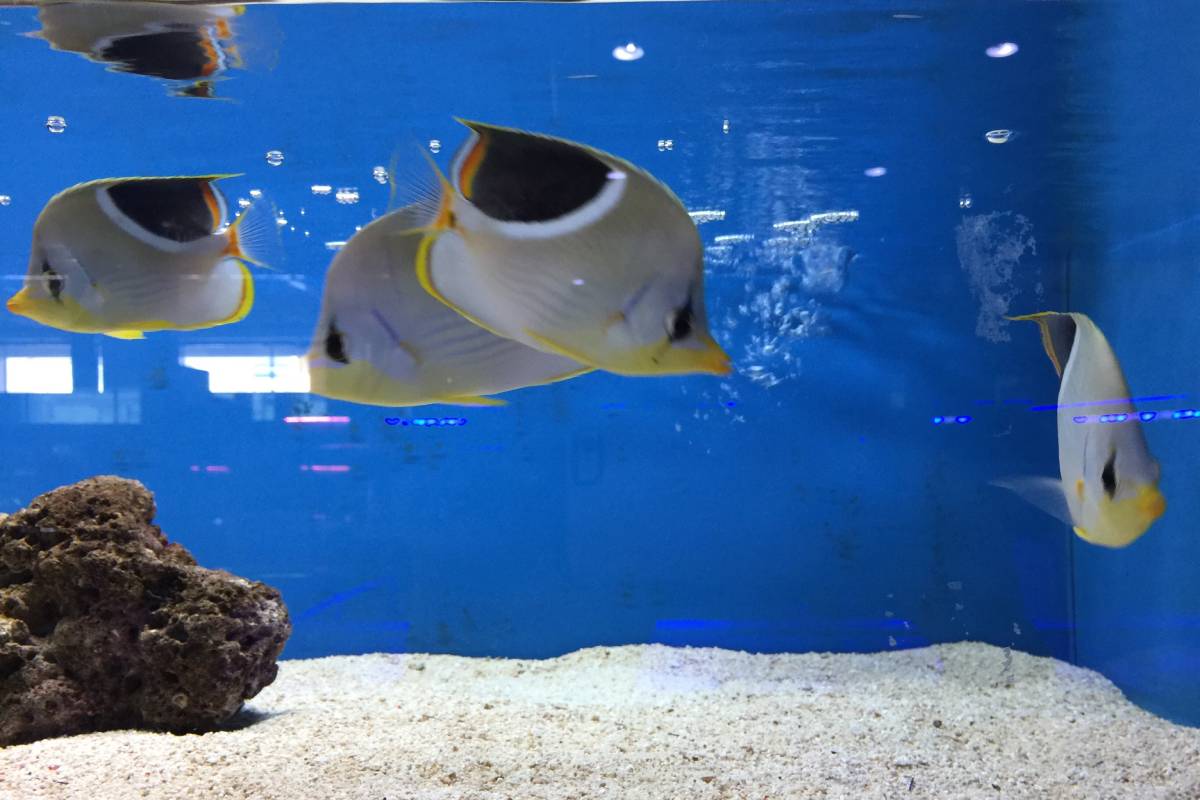Aquaculture is one of the fastest-growing food sectors in the world, and with this growth comes the need for more efficient, durable, and cost-effective infrastructure. Among the essential components of a successful aquaculture system is the nursing tank, where juvenile fish are raised before they’re transferred to larger grow-out systems. Choosing the right material for your fish nursing tank can greatly impact the health of your fish, operational costs, and long-term sustainability.
Fibreglass Reinforced Plastic (FRP) tanks are rapidly gaining popularity among aquaculture professionals—and for good reason. This article explores why FRP tanks are the superior choice for fish nursing, comparing them with conventional tank materials, and outlining their numerous advantages in aquaculture settings.
What Is an FRP Tank?
FRP, or Fibreglass Reinforced Plastic, is a composite material made of a polymer matrix reinforced with fine fibres of glass. The resulting product is lightweight, extremely strong, corrosion-resistant, and highly versatile. FRP tanks can be moulded into a variety of shapes and sizes, making them ideal for both small-scale and commercial aquaculture operations.
The Importance of Nursing Tanks in Aquaculture
Before diving into the benefits of FRP, it’s important to understand the critical function that nursing tanks play in the fish farming process:
-
Safe environment for fry and fingerlings
-
Controlled conditions for early growth stages
-
Monitoring and disease management
-
Reduced mortality rates before transfer
Given their essential role, nursing tanks need to be designed with materials that ensure water quality, structural integrity, and ease of maintenance. FRP tanks check all these boxes—and more.
1. Superior Durability and Longevity
One of the primary reasons FRP tanks are preferred in aquaculture is their exceptional durability. Unlike traditional tanks made from concrete or metal, FRP tanks are non-corrosive and resistant to rust and erosion, even when exposed to saltwater or harsh cleaning chemicals.
-
Metal tanks are prone to rust, particularly in saline environments.
-
Concrete tanks can crack over time, absorb chemicals, and are harder to clean.
FRP tanks, on the other hand, can last 20 years or more with minimal degradation, providing a solid return on investment.
2. Smooth Inner Surfaces for Fish Safety
Juvenile fish are fragile and susceptible to physical injuries, which is why the surface texture of nursing tanks matters. FRP tanks are manufactured with smooth, non-abrasive inner linings that help prevent damage to the delicate bodies of fry and fingerlings.
This is a crucial advantage over:
-
Concrete tanks, which often have rough, porous surfaces.
-
Metal tanks, which may develop rust or sharp edges over time.
Smooth surfaces also reduce bacterial buildup and make cleaning and disinfection faster and more effective—further ensuring the health of your stock.
3. Corrosion and Chemical Resistance
Aquaculture operations often involve the use of treatments and disinfectants to manage water quality and disease. FRP’s chemical resistance allows it to withstand exposure to:
-
Saltwater
-
Chlorine
-
Ozone
-
Hydrogen peroxide
-
Other common aquaculture sanitising agents
FRP tanks won’t degrade, leach harmful substances, or corrode under chemical stress—ensuring water purity and fish safety.
4. Thermal Insulation and Temperature Control
Maintaining optimal water temperature is essential in fish farming. FRP tanks have low thermal conductivity, meaning they help retain consistent temperatures and reduce fluctuations caused by external weather conditions.
-
This is particularly valuable in regions with extreme climates.
-
Reducing the need for external heating or cooling systems helps lower energy costs.
-
Stable temperatures promote better growth and reduce stress on the fish.
5. Lightweight and Easy to Install
FRP tanks are significantly lighter than concrete or metal alternatives, making them easier to:
-
Transport
-
Position
-
Modify or move, if necessary
This makes them ideal for both temporary and permanent aquaculture setups. Lightweight tanks also reduce the structural load on buildings or raised platforms, broadening their usage options.
6. Customisable Shapes and Sizes
Every aquaculture facility is different. One of the standout benefits of FRP is its mouldability. FRP tanks can be custom-fabricated to:
-
Specific volumes
-
Shapes (circular, rectangular, oval)
-
Additional features like viewing windows, drain outlets, or filtration compartments
This adaptability allows for space-efficient tank systems, tailored to your species, budget, and management style.

7. Easy Maintenance and Cleaning
FRP tanks are non-porous, meaning they do not absorb water or contaminants. This results in:
-
Faster and more effective cleaning
-
Reduced risk of lingering bacteria or algae
-
Lower maintenance requirements compared to concrete tanks
Routine maintenance is easier, saving time, labour, and costs, especially for farms with multiple tanks.
8. Environmentally Friendly Option
Sustainability is increasingly important in modern aquaculture. FRP tanks support eco-conscious farming in several ways:
-
Long service life reduces the frequency of replacements.
-
Chemical resistance means fewer leaks or contaminant spills.
-
Low maintenance needs reduce water and chemical usage.
-
Many FRP materials are recyclable, contributing to a circular economy.
By choosing FRP tanks, you’re investing in a greener future for your aquaculture business.
9. Cost-Effectiveness Over Time
While FRP tanks may involve a slightly higher upfront cost compared to concrete or polyethylene tanks, their long-term value is unmatched due to:
-
Lower maintenance costs
-
Fewer replacements
-
Reduced fish mortality
-
Lower energy bills (thanks to thermal insulation)
Over time, the total cost of ownership becomes lower than most alternatives, making FRP a financially smart choice.
10. Safety for Operators
FRP tanks are non-reactive and safe for daily handling. They are:
-
Non-conductive—important when using electronic equipment near water
-
Free of sharp or hazardous edges
-
Easy to modify with drainage systems and inspection points
This leads to a safer working environment, reducing risk for technicians and workers managing the tanks.
FRP Tanks vs. Other Tank Materials – Quick Comparison
| Feature | FRP Tank | Concrete Tank | Metal Tank | Plastic (PE) Tank |
|---|---|---|---|---|
| Corrosion Resistance | Excellent | Poor | Moderate | Good |
| Durability | High (20+ yrs) | Moderate | Moderate | Lower |
| Surface Smoothness | Smooth | Rough | Varies | Smooth |
| Chemical Resistance | High | Low | Moderate | High |
| Weight | Light | Heavy | Heavy | Light |
| Customisation | High | Low | Moderate | Low |
| Insulation | Good | Poor | Poor | Moderate |
| Maintenance Effort | Low | High | Moderate | Low |
| Initial Cost | Moderate | Low | Moderate | Low |
Conclusion: Invest in FRP for Long-Term Aquaculture Success
In the competitive world of aquaculture, every decision counts—from water quality management to tank selection. When it comes to choosing a nursing tank, FRP tanks offer a long list of benefits that directly improve fish health, operational efficiency, and economic sustainability.
Whether you’re running a small hatchery or a large commercial aquaculture facility, an FRP tank provides:
-
Durability you can count on
-
Safety for your delicate fish stock
-
Ease of cleaning and maintenance
-
Customisation to fit your space and species needs
-
Long-term savings and environmental benefits
With so much to gain, it’s no wonder that more aquaculture professionals are switching to FRP nursing tanks. If you’re planning to expand or upgrade your aquaculture setup, investing in FRP could be one of the smartest moves for your business.
For high-quality FRP solutions, Safe Fiberglass Fish Tank is your trusted supplier for nursing tanks and hatching ponds. With a commitment to reliability, custom fabrication, and aquaculture expertise, Safe Fiberglass Tank can help you create a safe, efficient, and durable environment for your fish from hatch to harvest.


